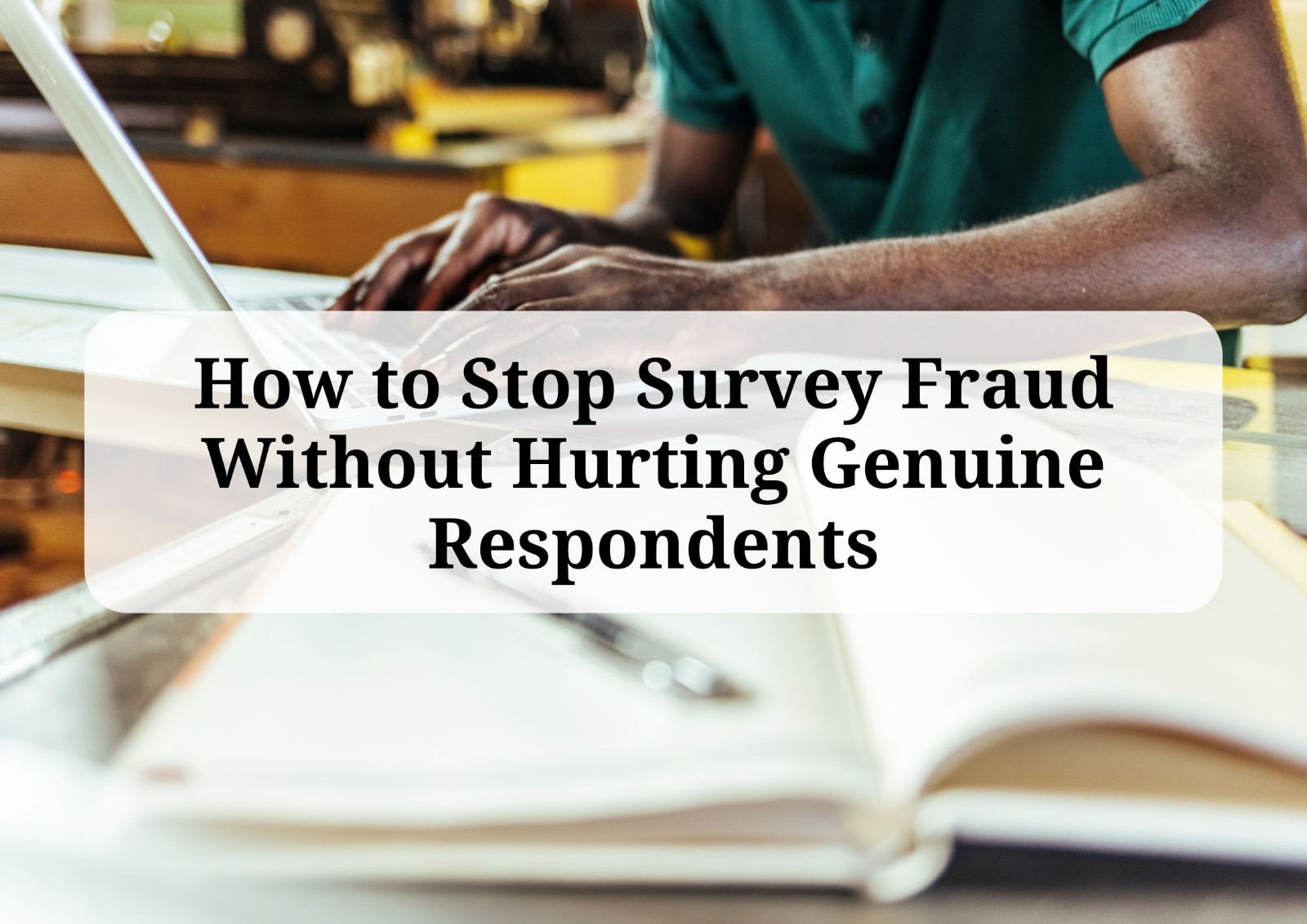It’s never been easier to launch an online panel. But it’s never been harder to trust one.
In recent years, we’ve seen a surge of panels claiming rapid scalability, broad reach, and near-instant turnaround times. New players promise everything from niche B2B respondents to hard-to-reach healthcare audiences and often without clear methodologies or traceable recruitment channels.
It’s tempting to be impressed. But behind bold promises lies a growing risk: the erosion of trust, quality, and long-term brand value in our industry.
The Hidden Cost of Fast Panels
Let’s start with the pain points that buyers and providers alike are feeling:
1. Poor Data Quality
When panels are built quickly without proper vetting, the results are predictable: bots, survey farms, inconsistent responses, and inflated quotas. You might get a full dataset, but can you trust the insights?
2. Lack of Transparency
Some panel providers obscure their sourcing strategies, aggregating from unknown third parties or marketplaces. The client sees a clean dashboard. What they don’t see is the supply chain.
3. Brand and Client Trust at Risk
As a data provider, your name is on the line. When you deliver flawed data, or even worse, get caught underdelivering. You’re not just risking one project. You’re risking the client’s trust, your company’s reputation, and your future opportunities.
4. Long-Term Industry Damage
When shortcuts become the norm, buyers grow cynical. They question feasibility, question pricing, and ultimately question the entire value of online research.
Why Building a Panel Takes More Than a Sales Deck
A robust online panel isn’t something you spin up overnight. It’s a long game. And that’s exactly what makes it valuable.
To build something trustworthy, you need:
• Rigorous recruitment protocols: Not just where your panelists come from, but how they’re validated and retained.
• Responsive and engaged communities: Real humans who are willing to take part, not just click for incentives.
• Incentive strategies that don’t burn the pot: Overpaying may attract fraud. Underpaying destroys engagement.
• Active monitoring and fraud detection: Built-in systems that flag suspicious patterns in real time.
• A feedback loop: Panels must evolve with respondent behavior, client needs, and technological change.
What Can You Do—As a Buyer or a Provider?
Whether you’re on the buy-side or sell-side, here are some actionable steps to protect your data—and your brand:
For Buyers:
• Ask about recruitment sources and methodologies
• Request panel health stats: churn rate, average tenure, response quality
• Test with known data before diving into full-scale launches
• Avoid making decisions based on lowest CPI alone
For Providers:
• Be upfront about your panel’s limitations—no panel is everything to everyone
• Resist the urge to oversell capacity or feasibility without solid backing
• Educate clients on what’s realistic and what’s risky
• Collaborate, don’t compete, when it comes to quality standards in the industry
A Mindset Shift: From Fast to Sustainable
As a company with more than 10 years in this industry, we’ve seen the cycles: boom, bust, and rebirth. But what sustains success is always the same: quality, consistency, and transparency.
If we want long-term growth, we can’t afford to chase short-term wins. Because clients don’t just want data. They want decisions they can trust and that starts with panels they can rely on.
So let’s commit to building, not bluffing. Let’s skip the shortcuts and start with the right steps.
Ready to explore your next high quality research project?
Email us at RFQ@youli.tech and let’s talk about how we can help you succeed.

_1761106309937.jpg)
